LED, “light emitting diodes”, offer several advantages against traditional light bulbs or xenon lamps. They consume less power with the same light output; they are more efficient and more durable. Furthermore, they are perceived as being less blinding. Replacement can therefore be rewarding, although it is all but simple. In addition to the conversion, a few things need to be observed.
What is a fog lamp?
 We’ve all seen the fog lights on rally cars, where they are prominently installed on the roof and used when the driver experiences unfavourable visual conditions.
We’ve all seen the fog lights on rally cars, where they are prominently installed on the roof and used when the driver experiences unfavourable visual conditions.
Most normal cars also have fog lights, generally found at the bottom of the front skirt on both sides of the radiator grille or in special recesses. They are intended for use when normal dipped headlights are inadequate, i.e. in heavy rain, at night on unlit country roads or in case of fog.
How are LED fog lights regulated?
In the UK, front fog lights are optional, whereas one rear fog lamp is mandatory. Since 2011, new cars are mandatory equipped with daytime running light (DRL).
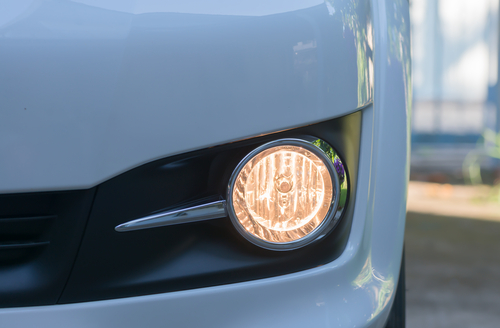 LED fog lamps can be used as daytime running light on condition that they have an adequate dimming function and are positioned symmetrically on the car front. This is the case for most cars. The technical regulatory specifics are issued by several EU commissions, such as the United Nations Economic Commission for Europe.
LED fog lamps can be used as daytime running light on condition that they have an adequate dimming function and are positioned symmetrically on the car front. This is the case for most cars. The technical regulatory specifics are issued by several EU commissions, such as the United Nations Economic Commission for Europe.
The fog lamp must be either white or bright yellow. Other colours are prohibited. Switching them on is allowed when visibility is considerably impaired and when they are used together with dipped beams or parking lights. Unlawful use of the fog lamp is sanctioned with a £50 fine.
What are the advantages of conversion?
Traditional fog lights use exceptionally bright bulbs consuming a considerable amount of power. They are not cheap and their life span is limited. Their simultaneous use as daytime running light is therefore not advantageous, even under the proper dimmed conditions.
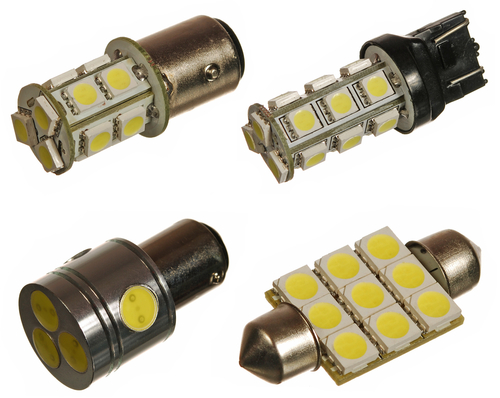 This is different for LEDs. Their life span is equal to 10.000 and sometimes even 30.000 hours (between 3 and 5 years), whereas the light output and the power efficiency are considerably better.
This is different for LEDs. Their life span is equal to 10.000 and sometimes even 30.000 hours (between 3 and 5 years), whereas the light output and the power efficiency are considerably better.
Due to its technical properties LED light is a pulsed light source and this is one of the reasons why its blinding effect is perceived to be less strong. The use of modern LED light sources therefore prevents blinding of oncoming traffic as well as self-blinding in case of fog, which happens when the bright light is reflected by the tiny water drops in the mist.
What to consider at purchase
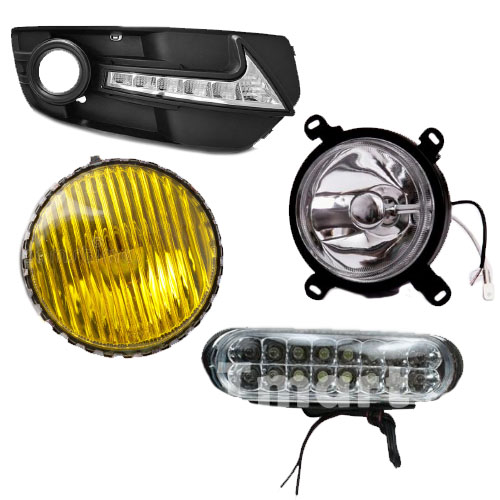 LED fog lights are available in several versions, varying in function as well as in technical performance.
LED fog lights are available in several versions, varying in function as well as in technical performance.
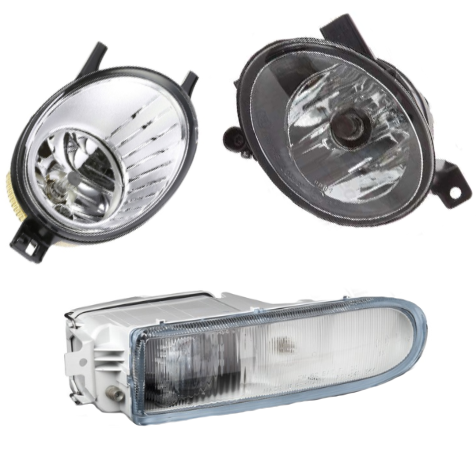
Fog lights • Broadest selectionreduced offers up from £ 11,26order now! ⇒ |
There are fog lamps for 12 V on-board networks, for 24 V and for 48 V. The latter are only found in modern hybrid vehicles.
Many fog lights are equipped with dimming, which allows their use as DRL. Models without this function exist and must be specifically marked as such.
The same applies to the adaptive headlight function allowing headlights to follow the curve bend. Some LED fog lamps require installation of a separate control module in the engine compartment. Others are fed by a plug connection and only connected to the fuse box.
ECE and SAE certification for products ensure that their installation is legally sound. The use of non-approved spare parts makes the car unfit for use in traffic. Violations of these regulations can result in heavy fines and a more serious consequence is the potential loss of insurance protection in case of an accident.
Prior to installation – the mentioned topics in overview:
|
-Fog lights are part of the lighting system of family cars, buses and trucks, meant to support the driver with bright lights in case of serious impairment of visibility conditions. Why converting?-LEDs are more energy efficient and have a better light output with the same power consumption. Furthermore, their blinding effect is lower, preventing hindering the oncoming traffic and self-blinding in case of fog. The following is regulatory:-Fog lights are white or yellow. Observe the following:-Fog lights can be designed for 12V, 24V or 48V. |
Step-by-step manual:
Conversion and wiring
 Hint: fog lights with additional functions (adaptive headlight or DRL) require a control unit. Therefore, prior to installation find a suitable space in the engine compartment in the immediate vicinity of the battery as well as the headlight mounting.
Hint: fog lights with additional functions (adaptive headlight or DRL) require a control unit. Therefore, prior to installation find a suitable space in the engine compartment in the immediate vicinity of the battery as well as the headlight mounting.
| Step 1: Localise the old fog light. Check which tool you need for disassembly: flat screwdriver, torx screwdriver or crosspoint-screwdriver and adjustable spanner. |
| Step 2: Carefully lever off the plastic cover to reach the fog light casing. Version and size can greatly vary depending on vehicle (if necessary consult the car manual). |
| Step 3: Remove the casing with a suitable tool and carefully remove the plug connector. |
| Step 4: Open the bonnet and fix the control unit with a piece of double-sided tape, spray glue or similar methods on the desired location (consult installation manual). |
| Step 5: Pull the additional cable through the shafts in the direction of the installation location. Connect the available plug with the adapter pieces and the adapters with both casings. |
| Step 6: Starting at the control unit, connect the power cable (red) with the battery’s positive pole. |
| Step 7: Subsequently, connect the correspondingly coded cables (black or brown) with the battery’s negative pole. |
| Step 8: For the adaptive curve headlight function the terminal must be connected with the available control cables. The corresponding procedure can be found in the installation manual. |
| Step 9: For the DRL function, look in the fuse box of your car for the connection with the ignition (manual or multimeter). Connect the available cable with the available adapter piece. |
| Step 10: Check if the DRL switches on when turning the ignition key. On this occasion, also check the actual fog lights. |
| Step 11: Put the casings in their position and fix them with the corresponding tool. |
| Step 12: Fix the plastic cover and close the bonnet. A last test completes the conversion. |
Foto: AppleZoomZoom, Tatiana Khlopkova, kwanchai.c, Mifid / shutterstock.com

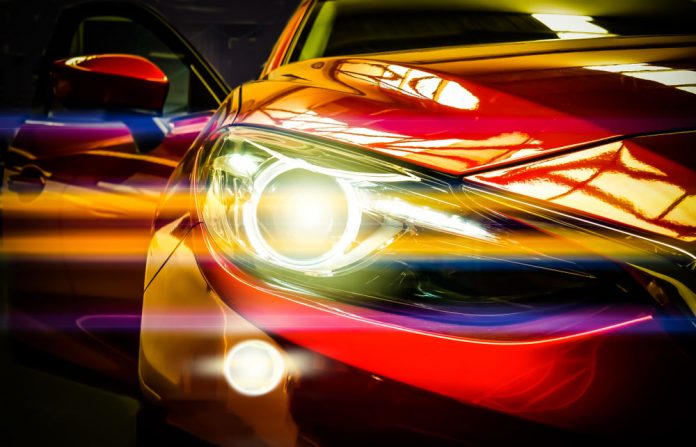


 (10 votes, average: 3.50 out of 5)
(10 votes, average: 3.50 out of 5)







